mvs - Sep 8, 2009 7:36 am - Voted 10/10
really niceGreat article. I was really impressed by the dramatic steepness and narrow profile of those long high combs (also from your recent trip report). It's a wild and wonderful place, and will remain so. I'll also feel a real sadness when the lakes lose their beautiful turquoise color from the flour.
Bob Sihler - Sep 8, 2009 1:59 pm - Hasn't voted
Re: really niceIndeed, Michael, and thank you. At least your glaciers have a longer life expectancy.
Deltaoperator17 - Sep 8, 2009 10:52 am - Voted 10/10
Very NiceVery good text and subject. Well written as always.
Cheers!
Bob Sihler - Sep 8, 2009 2:00 pm - Hasn't voted
Re: Very NiceThanks, Steve. (I tried keeping this one a little shorter than usual so people's wives wouldn't catch them on the site!)
Bob Sihler - Sep 11, 2009 7:47 am - Hasn't voted
Re: Indeed Sweet Article.Thank you for reading it!
Snidely Whiplash - Sep 10, 2009 6:01 pm - Voted 10/10
DepressingWhatever the reason, it's depressing to see the ice melting. We had a brutally hot summer in the PNW, and I'm sure it was a hard year on the glaciers in spite of above-average snowfall this past winter. What we need is a new ice age now!
jimegan - Sep 16, 2009 12:27 pm - Hasn't voted
largest glacier in parkI thought Blackfoot glacier was the largest? In '93 it was almost twice as large as Grinnell glacier, I think (1.74 square km vs .88 square km).
Bob Sihler - Sep 16, 2009 2:27 pm - Hasn't voted
Re: largest glacier in parkI've always read it was Grinnell, but I just did some harder looking and found a source confirming that Blackfoot and Harrison are now the largest. I'll make some small changes.
lcarreau - Sep 16, 2009 12:27 pm - Voted 10/10
Let's throw some TIMEback into the equation. 'Time' is what's needed to fix these
world-wide anomalies.
Over the course of our natural history, volcanoes have spewed
fine particles of ash and gases into the Earth's atmosphere.
I don't have numbers, but extensive cooling can be a by-product
of "volcanic" emissions created by erupting volcanoes.
In time, the "Yellowstone Super-Volcano" is bound to erupt.
Scientists are predicting this will throw the entire planet back
into another ICE AGE.
Even though it won't happen in our generation, it WILL happen
when time gets its way and history comes back into our face.
Bob Sihler - Sep 17, 2009 9:51 pm - Hasn't voted
Re: Let's throw some TIMEBut imagine the opportunities for lava surfing when Yellowstone blows!
lcarreau - Sep 17, 2009 10:03 pm - Voted 10/10
Re: Let's throw some TIMELava surfing sounds great! When will the surf be up, Bob ???
dwhike - Sep 16, 2009 6:16 pm - Voted 10/10
Fascinating...I have known for some time that Glacier's glaciers have been in trouble (along with others) but never really looked at it in depth. Thanks for the great lesson! Guess I'm gonna have to bump up that visit to Montana by a couple years...the 2015 meltdown date REALLY blew me away!
Bob Sihler - Sep 17, 2009 9:40 pm - Hasn't voted
Re: Fascinating...The 2015 estimate is probably a little overdone, though one never knows, but those glaciers are definitely shrinking, many of them very rapidly. Definitely go soon, as they will continue to diminish each year.
Saintgrizzly - Sep 16, 2009 7:47 pm - Voted 10/10
A few things of interest....1) To follow up on Jim's observation, I believe Sperry and Agassiz glaciers are also larger than Grinnell—Grinnell may not even be in the top five. If you've found a link to current glacial area measurements, I'd love to check it out!
2) An interesting thing about the GNP glaciers is that they are at a relatively low elevation, more so than the Wind River or Canadian Rockies glaciers. This makes the GNP group more susceptible to variations in climate, which is one reason glaciologists from around the world come to the park.
3) Within the past couple months I've read where the Grinnell Glacier Basin gets on average around a thousand inches of snow per year (I'd post the link as a reference, but have looked, and—sigh...—can't find it), as does much of the area around the GNP Continental Divide. This puts snowfall amount in the same approximate range as that of the Cascades, but there is a difference: the Continental interior winter temperatures are colder, so the snow has less water content, and those same interior summers are normally a few degrees warmer...meaning snow/ice melts a bit quicker.
I'm not an expert on this sort of thing, so if anyone can add some info, please do so....
4) Largest glacier in the U.S. Rockies, at approximately 3.3 square kilometers, is Gannett Glacier, in the Wind Rivers. I've always understood the Winds have the largest remaining glacial accumulation in the U.S. Rockies, but have never been able to find a figure comparing glacial area in the Winds with that in GNP. The difference in total glacial areas for Wyoming and Montana are (approximately) 73.3 and 68.6 square kilometers, respectively, which of course includes more than just the two areas discussed above (i.e., the Tetons, Missions, Beartooths).
5) A good link for U.S. glacier information.
Bob Sihler - Sep 17, 2009 9:41 pm - Hasn't voted
Re: A few things of interest....Thanks for those additions, Vernon! That's really interesting about the differences between the snow makeups.
Saintgrizzly - Sep 30, 2009 7:52 pm - Voted 10/10
Re: A few things of interest....From what you write, Scott, the thousand inches snowfall figure may or may not be an exaggeration. The bugaboo in the possibility of exaggeration is, to me, simply that I have read that figure over the years many times, from several sources—sources I'd not think prone to exaggeration (although error would certainly be a possibility). Perhaps the fact I've been unable to locate any of that past reading is an indicator of unreliable results.
I have been able, easily enough, to come up with differing pages of glacial measurements for Wyoming and Montana, and boy, do those measurements EVER disagree! Sometimes it's as though they're not measuring the same things.... (Check out the links on the Gannett Peak page you recommended above, versus the link I posted—also above—and the differences are immediately and dramatically noticed.)
There are several problems with the quote from the book, Weather Extremes of the West, the first of which is that Cataract Mountain is substantially less, at 8180 feet, than the claimed 10,009 feet. Cataract Mtn is in the Mount Siyeh (which is a 10-er) area, which I suppose does indeed get a prodiguous amount of snow, but I don't see how that area could possibly get more than the large glaciated peaks/basins of Mount Jackson and Walton Mountain, or the well-known Heavens and Longfellow Peaks immediately west of the Divide. Or the northern areas of the park.
"The wettest area in Montana, and in the US Rocky Mountains is the northern portion of GNP where the average annual precipitation at some locations can reach 120 inches." What the book says there is confusing, because in the following sentences it goes on to say the wettest areas are around the Cataract Mountain area (with its incorrect elevation listing), and the relatively low-lying area of Summit, saying that Summit doesn't even receive half the earlier, just quoted, 120 inch figure. I don't dispute any of those figures, but would dispute that Summit is one of the "wetter" areas of the park.
I've often seen 120 inches of annual precipitation quoted for the Continental Divide areas of GNP, so that figure is probably accurate. The question is, how much snow comes from 120 inches precipitation? Northern Rockies snow is less moist than Cascade snow (inland winter temps are colder), so the same inches precipitation would yield more snow in the Rockies—lighter and fluffier, I guess. I've been told approximately 10 inches snow comes from each inch precipitation, but that figure is not hard and fast, and I'm not claiming that as a scientific absolute—but that is one way of estimating a thousand inches snowfall in some of these GNP areas. (The 120" figure, of course, includes rain as well as snow, but it's worth noting that GNP is often—although not always!—relatively static in the summer months of July & August, having less in the way of thunderstorms than the mountains further south, even those in south-central Montana; the 120" figure has a somewhat higher percent snow versus rain than most U.S. mountains.)
Finally, the last sentence in the quote, "Less reliable measurements suggest the snowfall in the surrounding mountains easily exceeds 600 inches," makes me wonder, what is "easily exceeds?" And what is "less reliable?"—which could, of course, mean either more or less.
Enough. Interesting stuff....
merrill - Sep 16, 2009 9:34 pm - Voted 10/10
well writtenI was glad to read a non-political tribute to a beautiful park.
Merrill
Bob Sihler - Sep 17, 2009 9:45 pm - Hasn't voted
Re: well writtenThanks, Merrill. It would be so easy to turn this into a political thing, but it would tarnish the subject.
jsorber - Sep 16, 2009 9:34 pm - Hasn't voted
stunningly writtenYour article is informational and riveting. I am so thankful to have read this. I will be visiting the area next summer and I am thankful that I did not wait until later in life.
Thanks again!
Bob Sihler - Sep 17, 2009 9:42 pm - Hasn't voted
Re: stunningly writtenThank you for reading it, and enjoy your visit. It is an unforgettable place.


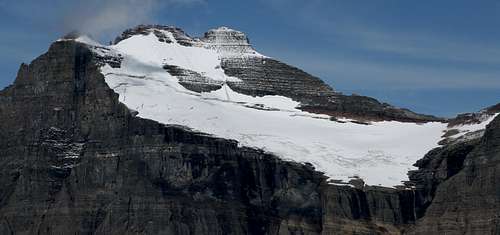
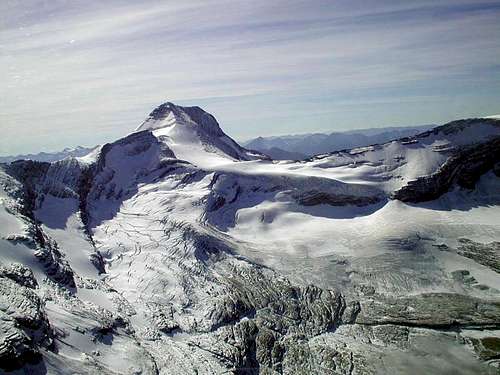
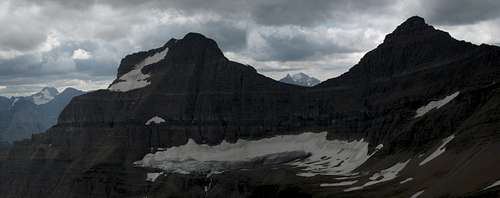
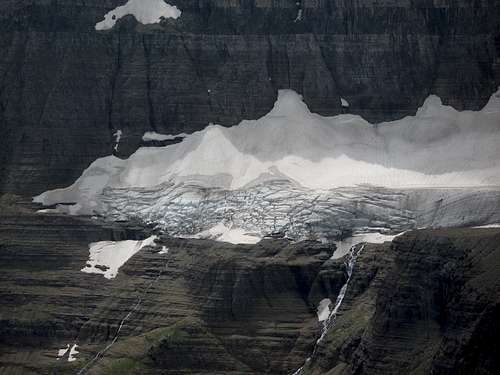
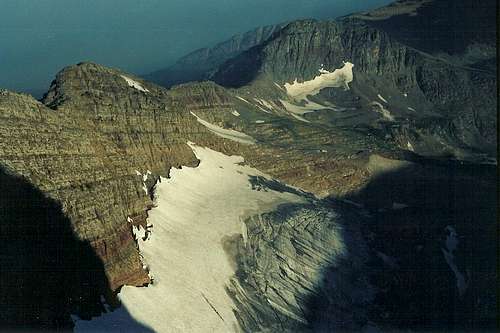
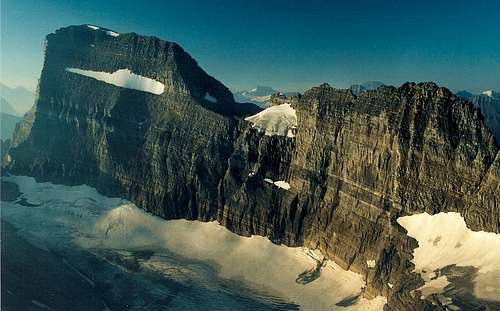
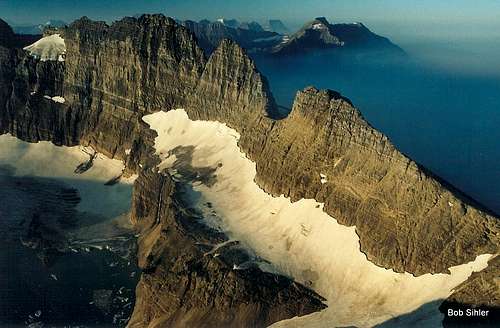
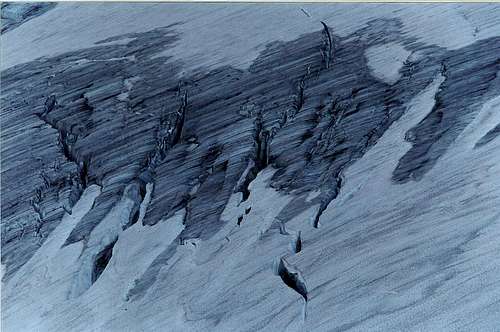
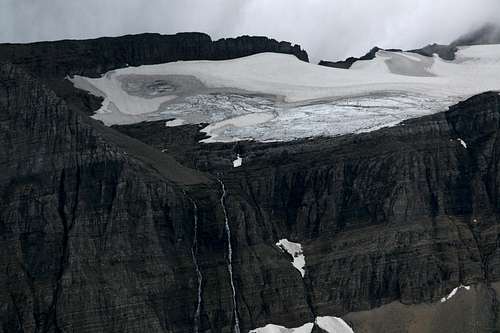
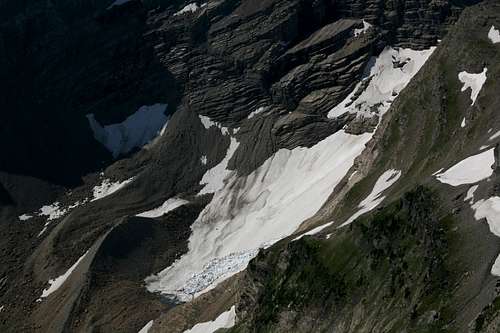











Comments
Post a Comment